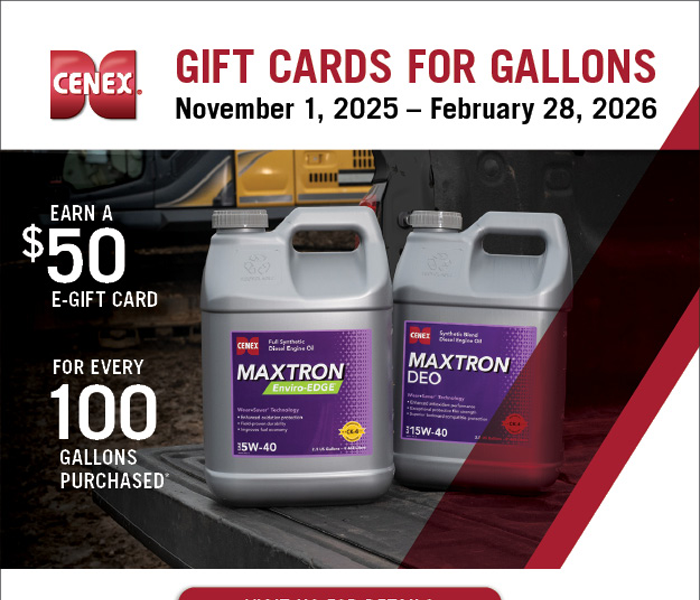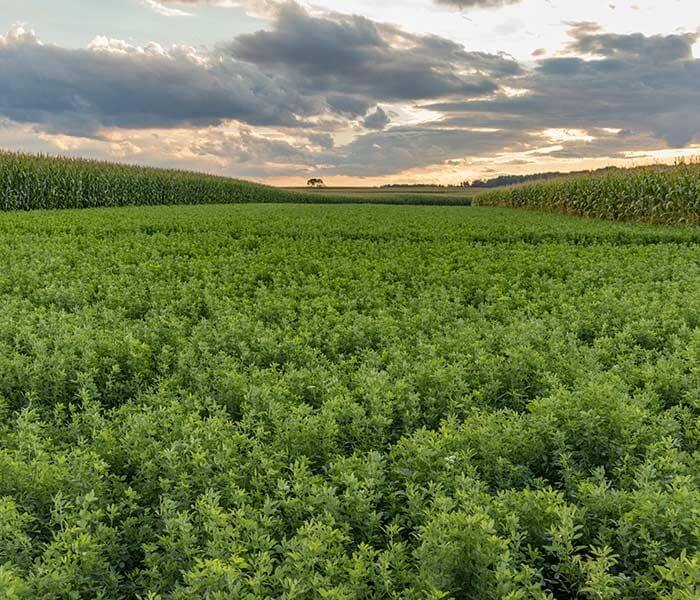Premier Co-op

December Energy News
I hope you were able to enjoy Thanksgiving with family and friends. And I hope you’ve recovered from your food coma. For the 10 of you (including my mom) who read my newslett...

If spring weather got in the way of planting your alfalfa, you're not out of luck yet. Summer seeding is still a solid option and it comes with some real advantages when done right.
Timing is everything.
Why consider summer seeding?
Better workload balance. Summer alfalfa fits well between cereal crops and manure applications.
Less soil disease pressure. Warm, drier soils are typically better for germination and establishment.
Stronger first-year yields. Fall-seeded alfalfa hits the ground running in year one.
Lower insect pressure. By late summer, pests like potato leafhoppers start to decline.
Get it off to strong start:
Check soil pH (ideal is 6.8-7.2) and make sure fertility is where it needs to be.
Seed depth matters. Go 1/2 to 3/4 inch deep using a grain drill.
Use treated seed to boost early root development.
Control weeds. Summer weeds rob moisture fast, and seedlings can't afford the competition.
Watch for herbicide carryover from earlier crops. Some products hang around for months.
The biggest thing: don't wait too long. Alfalfa needs time to build roots and transition to a perennial before cold sets in. A little planning now could set you up for a stronger stand and fewer headaches next spring.
Want help figuring out if it's the right move for your acres? Reach out to your Premier Agronomist; they are happy to talk through your plan.
*This article was provided to us by Winfield United*